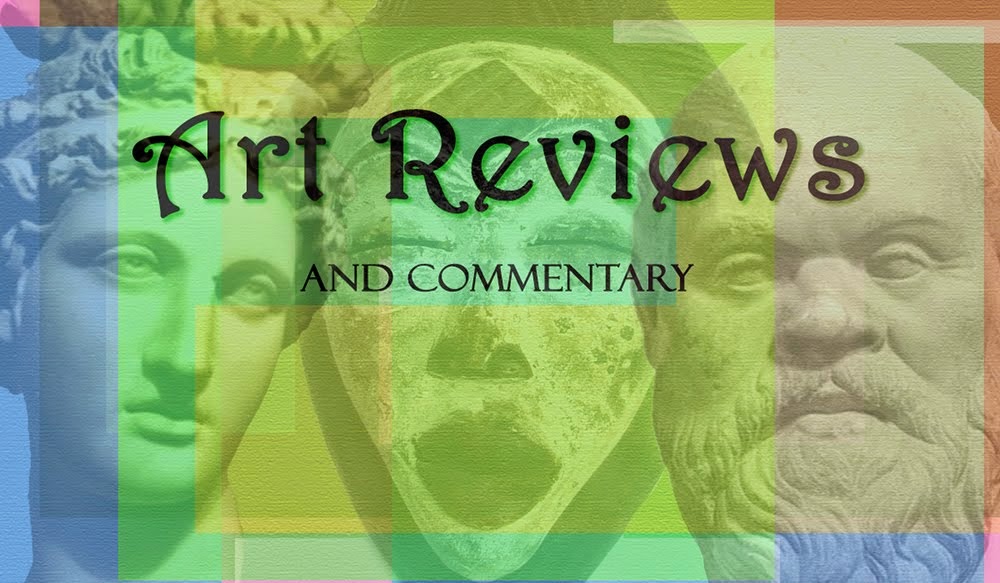Hiroshima (広島市, Hiroshima-shi) is
a modern city with a symbolic mission.
I recently visited this modern Hiroshima, perhaps two weeks shy of
President Obama’s visit on May 27, 2016. His visit was the first visit of a
sitting U.S. president.
The city of about 400,000 was devastated by the atomic bomb
in 1945, losing about 80,000 people immediately and tens of thousands more as a
result of radiation. Seventy percent of its buildings were destroyed. I was surprised to learn that radiation from the atomic bomb is no longer measurable and has not been for many years.
Now, the city has more than 1 million, rebuilt with a
forward looking attitude. Both Hiroshima and Nagasaki see themselves as modern peace cities.
If the
President were allowed to walk freely, I would have told him to go to Hondori Street and
walk the covered street with its dynamic bustle and many, many shops and
restaurants.
 |
| Hondori Street, Hiroshima |
Since he was focused on the symbolism that Hiroshima represents, there were still several alternative perspectives he might have considered.
Atop the Hotel Sunroute is an expansive view of the city that is centered on the Hiroshima Peace Memorial Park and museum. This bird’s eye view reveals the central importance of city’s self-knowledge of what occurred there seventy years ago.
Atop the Hotel Sunroute is an expansive view of the city that is centered on the Hiroshima Peace Memorial Park and museum. This bird’s eye view reveals the central importance of city’s self-knowledge of what occurred there seventy years ago.
 |
| View of Hiroshima Peace Memorial Park and museum from the 15th floor of the Hotel Sunroute |
Listen to the story of Kiyomi Kohno, a hibakusha(a bomb affected person), as told by her daughter Nobuko Morikawa. Spared
from the bomb blast, Kiyomi walked into and around the city the next day. Her
images picture what she saw the day after the bomb blast.
 |
| From the basis of Picking Up The Pieces, drawings of Kiyomi Kohno |
Or make an origami paper crane as thousands of others do in
honor of Sadako Sasaki, also a hibakusha – who had folded 644 paper cranes before she died of leukemia in 1955.
The Children’s Peace Monument is dedicated to her.
Or simply stand in front of the Atomic Bomb Dome (Hiroshima Peace Memorial) or The Memorial
Cenotaph in the Hiroshima Peace Memorial Park.
Whether one is an optimist or a pessimist about the future of nuclear weapons or the unintended destruction of nuclear plants, such as occurred in Fukushima, Japan, it is worth reflecting on this moment in human history and where we are headed.
“Living in a world such as this is like
dancing on a live volcano.” ― Kentetsu
Takamori

